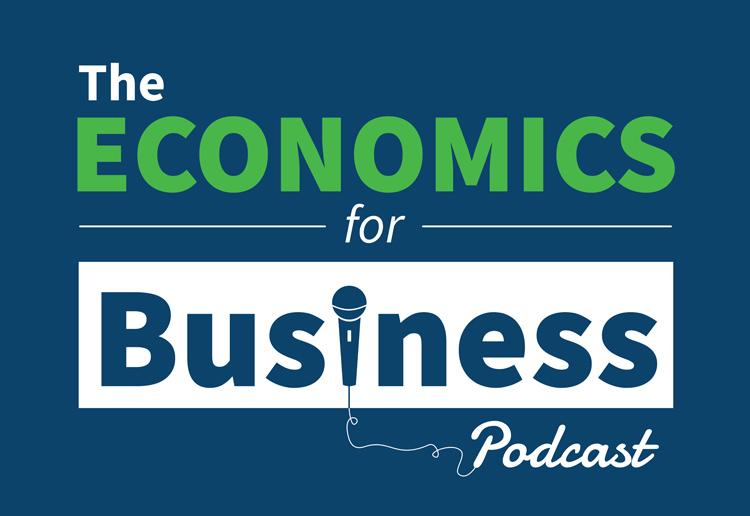
Why do entrepreneurs begin services in the first place? They have a vision for the future and seek to work with other people to bring it about. Those other individuals may be associates and staff members, directors and investors, suppliers, and clients. Organizing this multivalent work is hard. Thinking of your organization as an intricate adaptive system yields new understanding and a new approach to organizing that leads to enhanced goal achievement.
Laura and Derek Cabrera of Cabrera Research study Lab are dedicated to sharing research findings that boost the capability of any company to reach service goals. They sign up with the Economics For Company podcast to do some sharing with the E4B community.
Key Takeaways and Actionable Insights
Systems Thinking fixes the mismatch between the way the real world works and the method companies think it works.
World cravings is a wicked issue, yet there suffices food to feed the world. We don’t have the right psychological model to account for all the social, economic, political, motivational, and cultural concerns that shape the issue.
In the exact same vein, systems believing in service is about building mental designs that better line up with the real world. Laura and Derek Cabrera supply an introduction in Systems Thinking Made Simple, and they discussed a few of the important modifications in believing that companies should accept to get in the brand-new world of possibilities that systems thinking opens. The primary step is to recognize that LAMO thinking is unsuitable for a VUCA world.
The real life is agnostic about human endeavors
|
VUCA World |
LAMO Thinking |
|
The real world is non-linear |
but we think in linear ways.yet we tend to look sat things through a human-centered( anthropocentric )lens.yet we tend to look sat things through a human-centered(anthropocentric)lens.The real life is adaptive and organic yet we tend to think mechanistically and the metaphors we utilize recommendation devices(e.g., a universe like clockwork; mind is a computer system). The real world is networked and intricate with a sprinkling of randomness yet we think of things in purchased classifications and hierarchies. All services are complex |
|
adaptive systems. We have no choice in the matter. An organization is a living, breathing thing , organic– lots of people dynamically making decisions that roll up into the intricate system. It’s not a maker. A ramification is that organization executives and managers can’t operate on outcomes straight(e.g., by means of company”preparation”or organization”technique”). Outcomes are emergent from the system and can be worked on only indirectly. The conventional psychological model for company is flawed. Laura and Derek capture the conventional psychological design for organizational management in the acronym PCCU: Strategy, Command, Control, Use. Strategy: Organizations produce prepare for the future, frequently in terrific detail, with rigorous discipline, and great deals of numbers and forecasts. But the real world is changing too quickly, and laying out in-depth actions to reach a goal amidst fast change presents biases that can occlude chances for fast and successful adaptation to change. Command: Hierarchical company designs assume a military metaphor of command. Organizations are far more natural in the real world, tempered by social influence, compliance, resistance, and disobedience. Better to think of then company as a network and a culture. Control: Management likes to feel like it remains in control, however the control paradigm is both unrealistic and unresponsive to organic change. Utilize: The most detrimental organizational construct is the Person Resources department. Dealing with people like resources to be utilized is unsustainable. Individuals are independent agents in the system who wish to co-evolve to a place where their individual goals and those of the company are well-aligned. The mental design for how intricate adaptive systems work is Basic Rules. The great insight from complicated adaptive systems thinking is that organizational habits isn’t directed by leaders, but driven by fans. What are they following? Basic rules. We can consider an organization as a superorganism. It self-organizes by following basic guidelines that guide the actions of specific agents in variable contexts. Autonomous representatives follow simple guidelines based on what’s occurring in your area(that is
|

